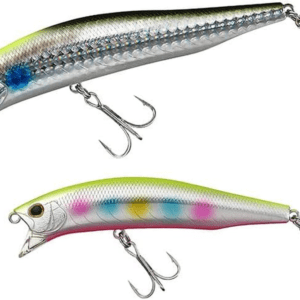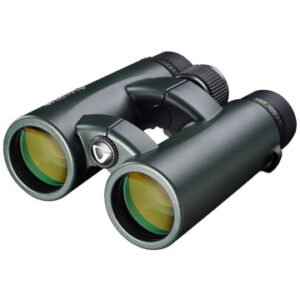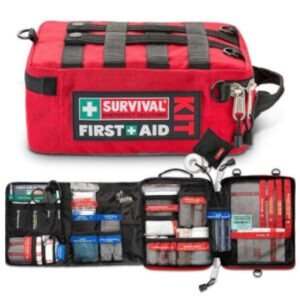March 2025 N.T. Weather Overview
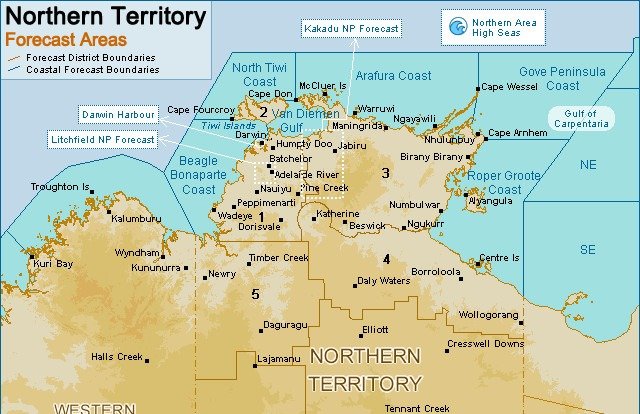
N.T. Weather in March 2025, particularly within the Timor and Arafura Seas is characterized by a potential shift towards warmer temperatures and increased humidity. The Top End town of Darwin is expected to experience average daytime temperatures ranging from 30°C to 33°C, with overnight lows dropping to around 24°C. This period typically marks the transition from the wet season, and thus, it is crucial for local residents and maritime enthusiasts to monitor these changes closely.
Humidity levels during this month are forecasted to remain elevated, often exceeding 75%, which may contribute to discomfort for those unaccustomed to tropical climates. Precipitation patterns indicate a likelihood of sporadic rain showers and thunderstorms, particularly in the latter half of the month. Fishermen and yacht owners should anticipate brief but intense rainfall, which can lead to sudden changes in sea conditions.
Moreover, March often brings with it the risk of tropical cyclones forming in the region. The Bureau of Meteorology has issued preliminary predictions suggesting that while the overall risk remains moderate, the potential for cyclone development near the Arafura Sea cannot be understated. Early warnings should be heeded, especially by those engaged in maritime activities, to ensure safety and preparedness. It is advisable to remain updated through reliable weather reports and to monitor any advisories that may impact navigation and fishing operations.
In conclusion, March 2025’s N.T. Weather in Top End waters will likely showcase a blend of warm temperatures, high humidity, and the possibility of tropical cyclones, requiring vigilance and proactive planning from all stakeholders in the maritime industry.
Tidal and Navigational Insights
As the month moves on, the tidal patterns in Territory waters will exhibit significant variability, influenced by astronomical factors and the seasonal shifts. Tides in this region typically follow a consistent semi-diurnal pattern, characterized by two high and low tides each lunar day. During this month, key tidal times invariably occur at predictable intervals, which will be crucial for fishos, sailors, and other marine enthusiasts.
The tidal heights expected throughout March will range significantly, with spring tides around the full and new moons possibly reaching levels between 6 to 9 meters. Conversely, neap tides, occurring midway through the lunar cycle, will see much lower levels, generally dropping to about 3 to 4 meters. These variations will impact not only the accessibility of certain regions but also the effectiveness of popular fishing spots, making an understanding of tidal timings essential for successful marine activity.
In addition to tidal heights, current flows play a pivotal role in navigational conditions. March typically sees stronger currents, particularly during peak tidal periods, which can affect vessel maneuverability. Mariners should be vigilant, as currents may exceed 3 knots in some areas, especially during spring tides. A comprehensive awareness of these flows is important for ensuring safe navigation and optimizing marine excursions.
Visibility can vary throughout the month, influenced by weather conditions such as rainfall, fog, or seasonal changes. It is advisable for boaters to monitor local weather forecasts to anticipate any visibility challenges. Understanding these tidal insights and current behaviors will greatly enhance navigation safety, contribute to effective fishing techniques, and ensure a positive experience for all maritime activities in Northern Territory waters throughout March 2025.
N.T. Weather Conditions in March 2025
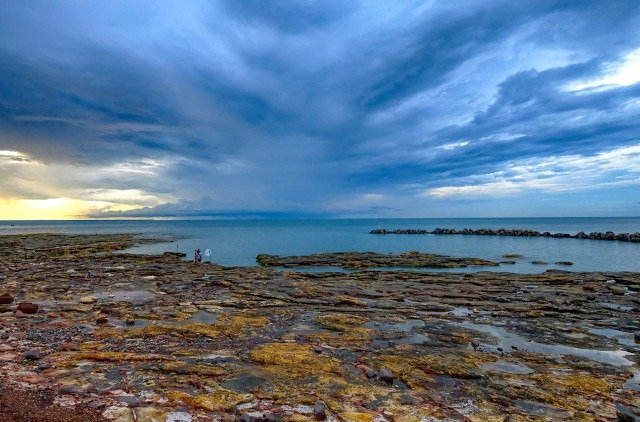
This month also presents unique fishing and sailing conditions in the Northern Territory waters, particularly in the Arafura and Timor Seas. During this period, sea temperatures typically rise, averaging between 28°C to 30°C, creating a conducive environment for a variety of fish species, including barramundi, mackerel, and trevally. These warmer temperatures are instrumental in triggering fish migration patterns, as many species move closer to the shore for spawning and feeding. Fishos should take advantage of this migration in order to enhance their fishing success. Early morning and late afternoon remain the prime times for fishing, as fish are more actively feeding, especially around tides. Understanding tidal movements is crucial, as fishing during a rising tide generally yields better results due to increased fish activity.
For yacht owners, March offers favorable sailing conditions. Winds typically range from 10 to 20 knots, providing reliable breezes that are perfect for smooth sailing. It is advisable for sailors to keep an eye on weather forecasts, as occasional storms can develop, bringing unexpected squalls. Planning sailing routes should include consideration of these weather patterns, with the best sailing times often being in the early morning or late evening to avoid the heat and capitalize on milder winds. Ensuring that the vessel is well-equipped for changing conditions is essential for safety and efficiency. Additionally, navigating along coastline routes can enhance the experience, providing shelter from stronger winds and opportunities for spotting marine wildlife.
In preparing for a day of fishing or sailing, both fishos and sailors should equip themselves with the latest weather updates and maritime information, as this ensures a safer and more enjoyable outing on the beautiful waters of the Northern Territory.
Safety and Recommendations
When navigating the waters of the Northern Territory in March 2025, safety should be the top priority for both fishing enthusiasts and sailing adventurers. Understanding the region’s weather patterns and tidal conditions is crucial to ensuring a safe outing. Adequate preparation and equipment can significantly mitigate the risks involved in maritime activities.
To enhance safety while sailing, it is vital for all vessels to be equipped with essential safety gear. This includes life jackets for each passenger, flares for distress signaling, and functional life rafts. Additionally, vessels should carry a first aid kit, an emergency beacon , and communication devices such as VHF radios. It is advisable that sailors also refer to the latest navigational charts before setting sail, as these can provide critical information about water depth, potential hazards, and current tidal conditions.
Emergency protocols are essential and should be clearly communicated among the crew before departure. Sailors should establish a plan for various emergency scenarios, including man-overboard situations, vessel engine failure, and adverse weather conditions. Familiarizing oneself with local emergency contacts and rescue services can prove invaluable in case of an unforeseen incident.
For charter boat operators, providing comprehensive safety briefings and ensuring that all equipment is functioning correctly can bolster confidence among guests. Furthermore, it is suggested to map out optimal routes to international ports like Bali, Dili in advance. These routes can be extremely challenging even for experienced mariners.
Overall, prioritizing safety through appropriate preparation and adherence to best practices is imperative for those engaging in maritime activities in Northern Territory waters. By diligently equipping vessels and adhering to safety protocols, one can enjoy the beauty of this region while ensuring a secure maritime experience.

